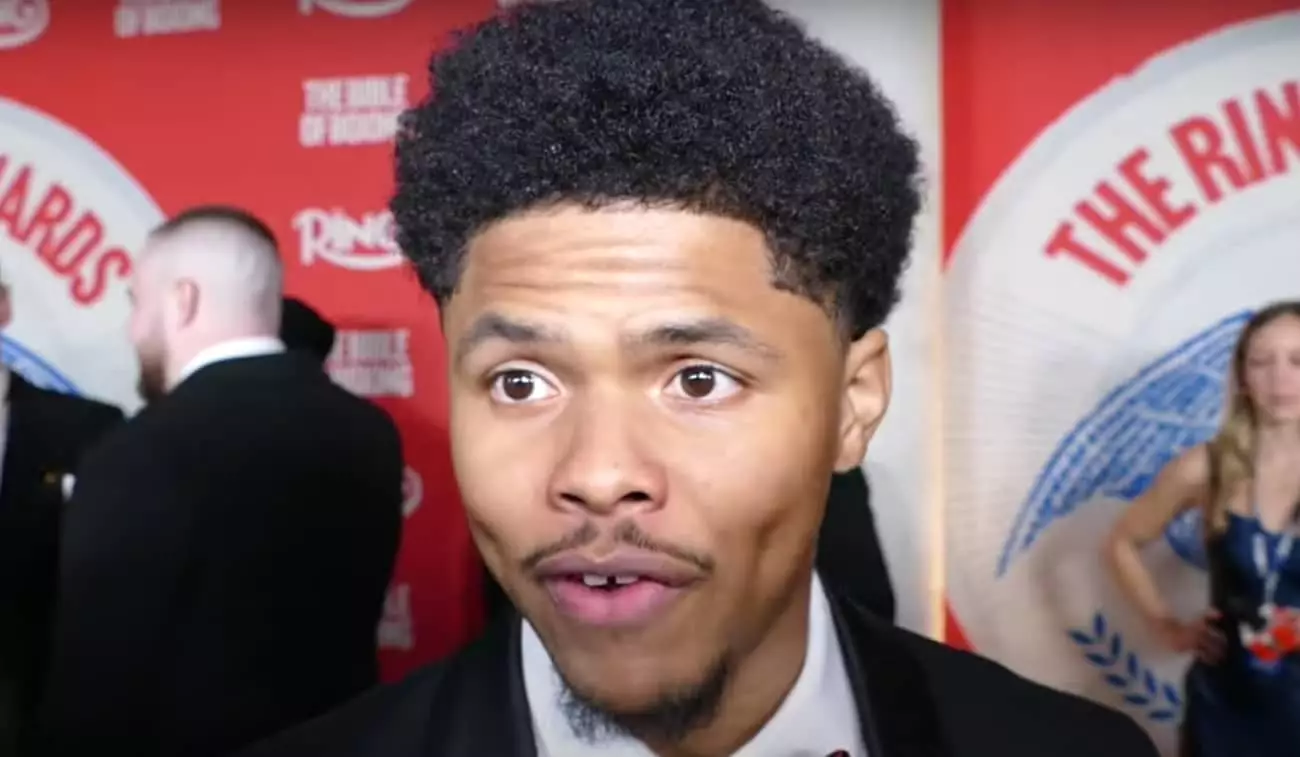Shakur Stevenson, a promising talent hailing from Newark, New Jersey, appears to stand at a crossroads in his boxing career. As the WBC lightweight champion, Stevenson’s potential is undeniable; however, recent performances have led to waning interest from boxing fans. His upcoming fight on February 22nd, which sees him relegated to the undercard, raises questions about his marketability and the vitality of his standing within the division. The underwhelming response to Stevenson’s last few bouts—marked by lackluster performances and occasional boos from audiences—has positioned him in a precarious situation where he must reevaluate his approach and aspirations in the sport.
A significant topic of conversation surrounding Stevenson is his relationship with fellow boxer Gervonta “Tank” Davis. While Stevenson claims he does not need a bout with Davis, the reality is more nuanced. In the competitive landscape of professional boxing, high-profile matchups can be pivotal. A fight against Davis could serve as a substantial career boost, despite Stevenson downplaying its necessity. His dismissal of the fight’s importance may stem from an attempt to project confidence or maintain his autonomy, yet the harsh truth remains that a marquee event could catalyze his career revival.
Moreover, Stevenson’s reliance on figures like Turki Al-Sheikh to facilitate this potential fight further complicates matters. It introduces a layer of dependence that contradicts his outward assertions of self-sufficiency. With Davis hinting at a possible retirement after three more fights this year, the clock is ticking for Stevenson to seize an opportunity that may otherwise slip away. If Stevenson remains fixated on not pursuing fighters, he may inadvertently find himself isolated within a landscape that requires active engagement to thrive.
Stevenson’s options for future bouts seem limited. His reluctance to fight his friend Keyshawn Davis further narrows the field, leaving potential matchups with William Zepeda and Vasily Lomachenko as his most compelling alternatives. Yet, like Davis, Lomachenko appears hesitant, which could further lock Stevenson into a state of inaction. The boxing community thrives on high-stakes encounters and rivalries; therefore, provisions for Stevenson to step into the ring with someone of note are essential for his professional narrative.
For Stevenson, the real challenge lies in recognizing the necessity of strategic adaptability. While maintaining a dignified stance in not chasing after fighters is admirable, an overly cautious approach risks stagnation. Engaging in fights that excite audiences and showcase his skills is critical to regaining momentum. Boxers must evolve, not only through training but through calculated decision-making regarding adversaries. Shakur Stevenson must recalibrate his stance and consider the implications of his choices on his career trajectory if he aims to remain relevant in the highly competitive world of boxing.
Stevenson finds himself in a pivotal moment where his next moves will either reinvigorate or hinder his boxing legacy. While he projects independence, a keen awareness of his surroundings and the relationships within the sport is crucial. The road ahead depends on his ability to navigate through the challenges and seize opportunities that could define his career.

